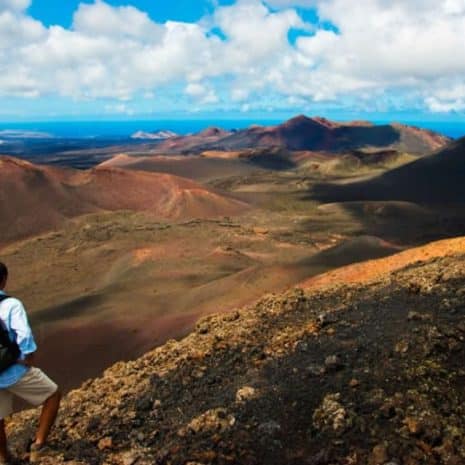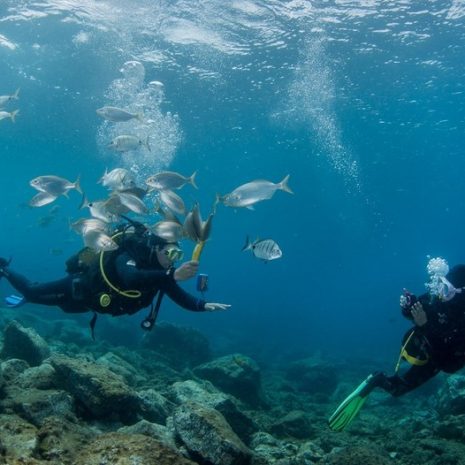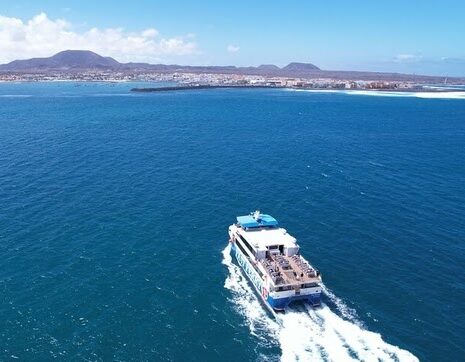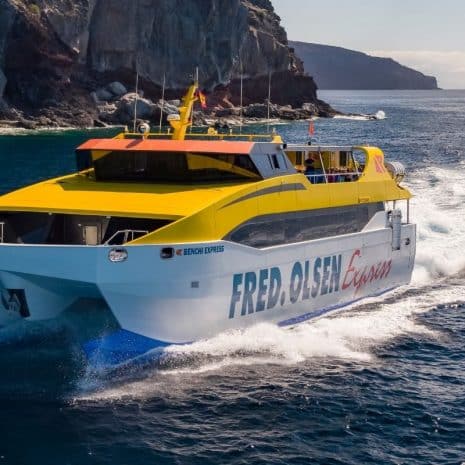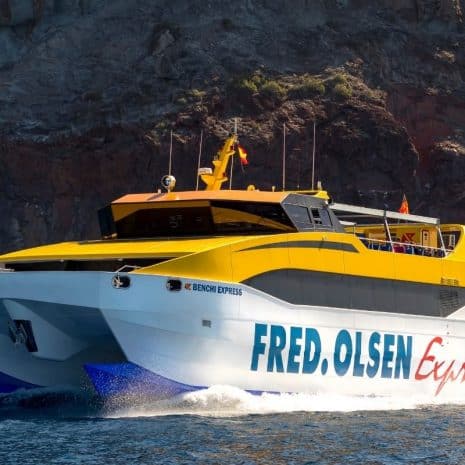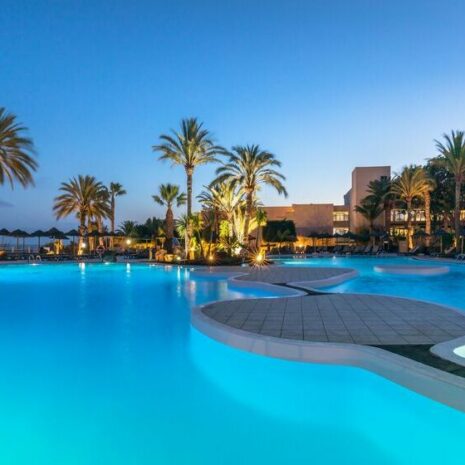Contenido
- 1 What is a geyser and how are geysers formed on Lanzarote?
- 2 What are the most impressive or well-known geysers on Lanzarote and where can they be found?
- 3 How does Lanzarote’s geothermal activity affect the formation and activity of its geysers?
- 4 What safety recommendations should be followed when visiting geysers in Lanzarote?
- 5 Are there organised tours or excursions to see the geysers in Lanzarote and what do they include?
- 6 What is the best time of year to visit the geysers in Lanzarote and why?
What is a geyser and how are geysers formed on Lanzarote?
A geyser is a hot spring that erupts periodically, expelling hot water and steam at high pressure from beneath the earth’s surface. On Lanzarote, geysers are mainly steam and are the result of boisterous volcanic activity occurring just a few metres underground.
At Timanfaya National Park, where there is an active volcano, the temperature can reach between 100 and 600°C, at a depth of 13 metres, which create impressive billows of steam that rise skyward from underground. This geothermal activity is a direct manifestation of the residual heat from the volcanic eruptions that have shaped the island over the centuries.
What are the most impressive or well-known geysers on Lanzarote and where can they be found?
Lanzarote’s most well-known geysers are located in the Timanfaya National Park. This park, which covers about a quarter of the island, is famous for its Fire Mountains and steam geysers that can be observed on the Islet Hilario. Here, the surface temperature reaches 100 degrees Celsius, which allows for the creation of artificial geysers and natural furnaces.
El Diablo Restaurant, which is located here, uses geothermal heat for cooking and offers a unique culinary experience alongside demonstrations of the geysers in full effect.
How does Lanzarote’s geothermal activity affect the formation and activity of its geysers?
Geothermal activity in Lanzarote is the driving force behind the formation of its geysers. Lanzarote, known as ‘the island of 1000 volcanoes’, has a lunar landscape dotted with volcanic cones, craters and fissures. This unique geology, the result of its volcanic history, allows the heat of the magma near the Earth’s surface to warm the subterranean water. Upon reaching high temperature points, the water turns to steam and is released under pressure through fissures in the surface, resulting in the spectacular steam geysers that have become a distinctive feature of the area.
What safety recommendations should be followed when visiting geysers in Lanzarote?
When visiting a geyser in Lanzarote it is important to be aware of the appropriate safety measures in order to guarantee a safe and satisfactory experience.
- Always stay within the marked safety areas and follow the directions of the tour guides.
- Due to the high temperatures and the unpredictable nature of the geysers, it is advisable to keep a safe distance from where the water and steam shoot up into the sky.
- Appropriate clothing and footwear for walking on uneven terrain and protection from the heat should be worn.
- It is also necessary to stay hydrated and protected from the sun, especially during the summer months when temperatures can be extremely high.
Are there organised tours or excursions to see the geysers in Lanzarote and what do they include?
Yes, nowadays it is possible to visit a geyser in Lanzarote on an organised excursion. This means you do not have to worry about finding them yourself and you will also have someone offering explanations so you will fully understand why this type of geothermal phenomenon occurs.
Hiring an excursion in the south of Lanzarote, or an excursion to Timanfaya and Los Jameos del Agua, not only allows you to experience the visual wonder of an erupting geyser in Lanzarote, but it also ensures that you get the most out of your time spent with local guides who know the region like the back of their hand and will show you every place of interest on this part of the island.
What is the best time of year to visit the geysers in Lanzarote and why?
The best time to visit a geyser in Lanzarote is during the months of May, June, September and October. During these months, the island experiences less tourism which allows for a quieter and more personal experience.
In addition, the temperatures are pleasant in spring and autumn, meaning you can avoid the extreme summer heat. These months also have less wind which makes outdoor visits more comfortable. That said, Lanzarote enjoys a pleasant climate all year round so, although the aforementioned months offer an ideal balance of good weather and less visitors, any time of the year is a good time to enjoy this unique experience.
Enjoy in Timanfaya
You might be interested…
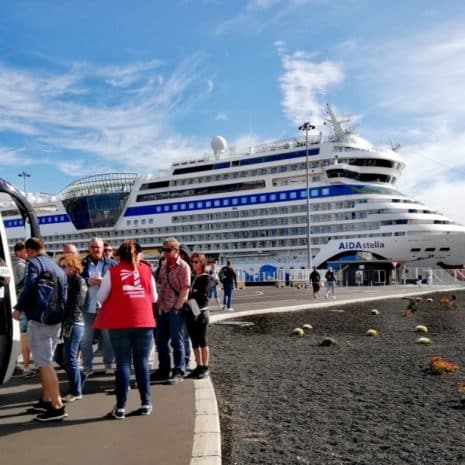
 Excursions
Excursions 




